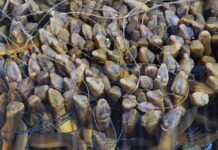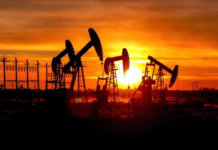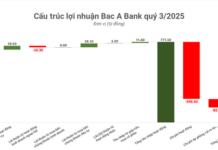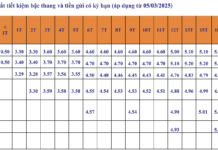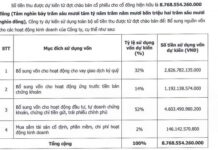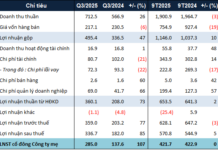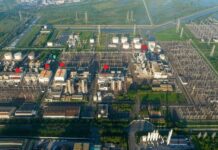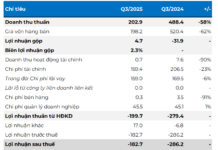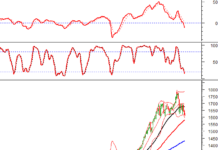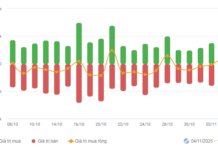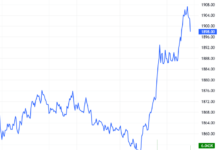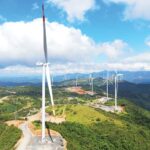
The issue of coal ash is a hot topic in American politics at the moment. Just a few days ago, the nation’s Supreme Court ruled in favor of the Biden administration’s plan to address the hazardous substance.
Millions of tons of coal ash, a byproduct of coal combustion, are currently sitting in ponds and landfills across the United States. The country produces approximately 110 million tons of coal ash annually, which is then stored in areas known as ponds. These ponds are prone to leaks and spills, causing devastating consequences for nearby communities.
Coal ash contains significant concentrations of chemicals such as arsenic, boron, lead, selenium, and mercury—each posing serious risks to human health and the environment,” a group of environmentalists outlined in a brief to the Supreme Court. “Exposure to coal ash has also been linked to increased rates of skin, bladder, and lung cancer, as well as harm to neurological, developmental, and cardiovascular systems.”
However, one’s poison can be another’s treasure. While the high concentrations of metals in coal ash are dangerous to human health and the planet if they leach into groundwater or are released into the air, they are also crucial for the renewable energy revolution.
Scientists at the University of Texas at Austin recently analyzed coal ash collected from power plants across the country and found that the nation’s coal ash reserves could contain up to 11 million tons of rare earth elements. This amount is nearly eight times the rare earth elements currently held in US reserves and could be worth approximately $8.4 billion.
“While the concentration of rare earth elements in coal ash is relatively low compared to those mined from geological ores, the sheer abundance of coal ash makes it a potentially attractive resource,” Texas Geosciences reported.
Tapping into this new “resource” could have a massive impact on America’s clean energy revolution and even its national security. Currently, the world relies on China for about 75% of rare earth minerals. Beijing’s tight control over the supply chain and refining capacity is increasingly becoming a significant geopolitical issue.
Just last week, China announced a ban on the export of certain rare earth minerals to the US. This decision came as trade tensions between the two countries escalated.
The rare earth trade war is expected to intensify rather than de-escalate as Trump’s second term begins. In this context, the discovery of a “treasure trove” right here in the US, and one that is easily accessible, is undoubtedly excellent news for the nation.
The Newest Development: Ministry of Public Security’s First Airport Project Worth Nearly 900 Billion in Vietnam’s Smallest Yet Top-Rich Province
The Ministry of Public Security is committed to meticulously preparing for the groundbreaking ceremony of the first airport project worth nearly VND 900 billion. This significant infrastructure development endeavor underscores the Ministry’s dedication to ensuring a meticulous and well-organized commencement.
The Fight Against Corruption: Targeting a Thousand Cases by 2024
In 2024, there was a significant rise in the number of corruption and abuse of power cases, with 956 incidents recorded, representing a 20.55% increase. This notable spike underscores the intensified efforts led by the Party to combat corruption and promote integrity. The results indicate a resolute and unwavering commitment to upholding justice, leaving no room for impunity or exceptions.

